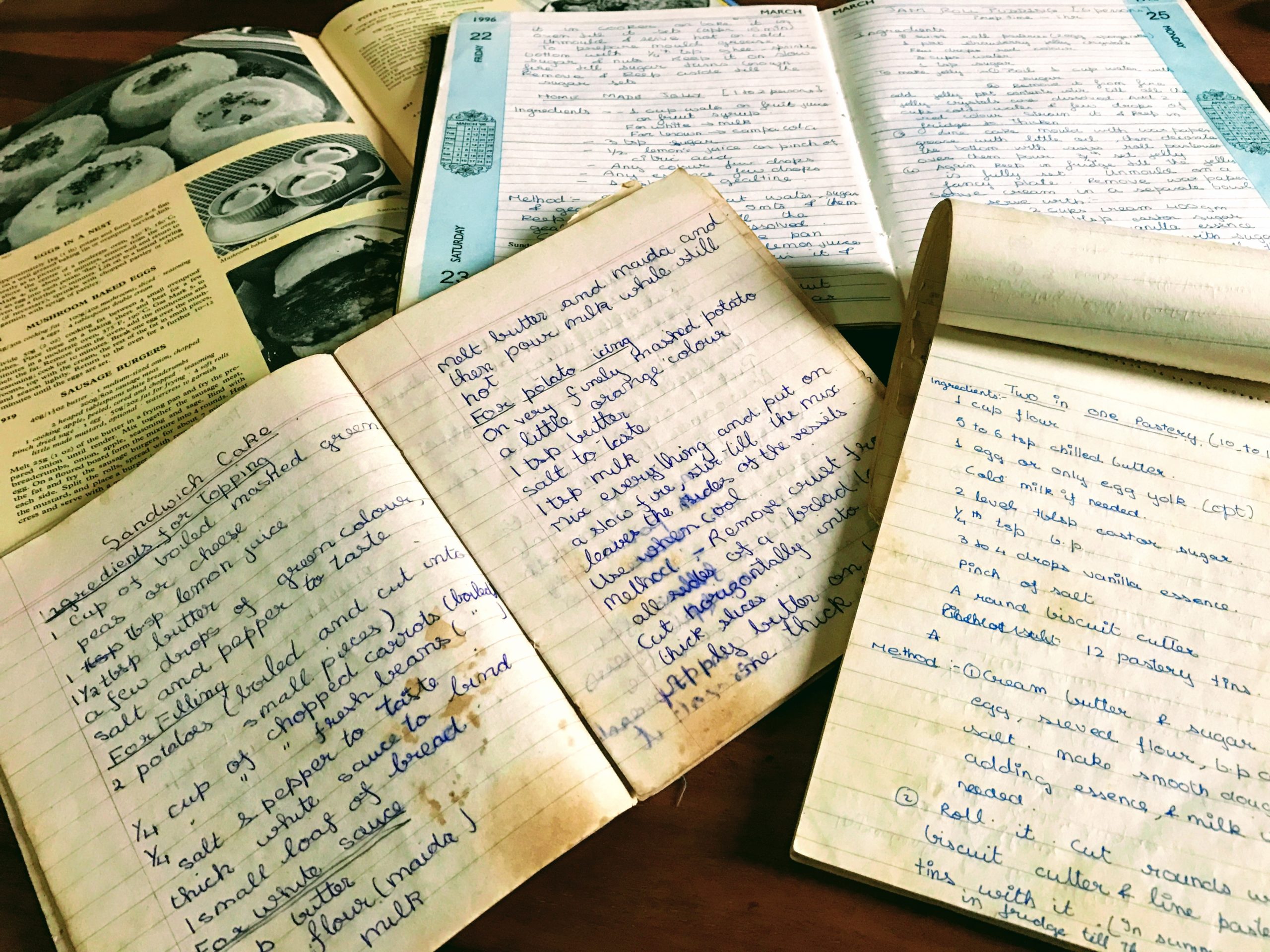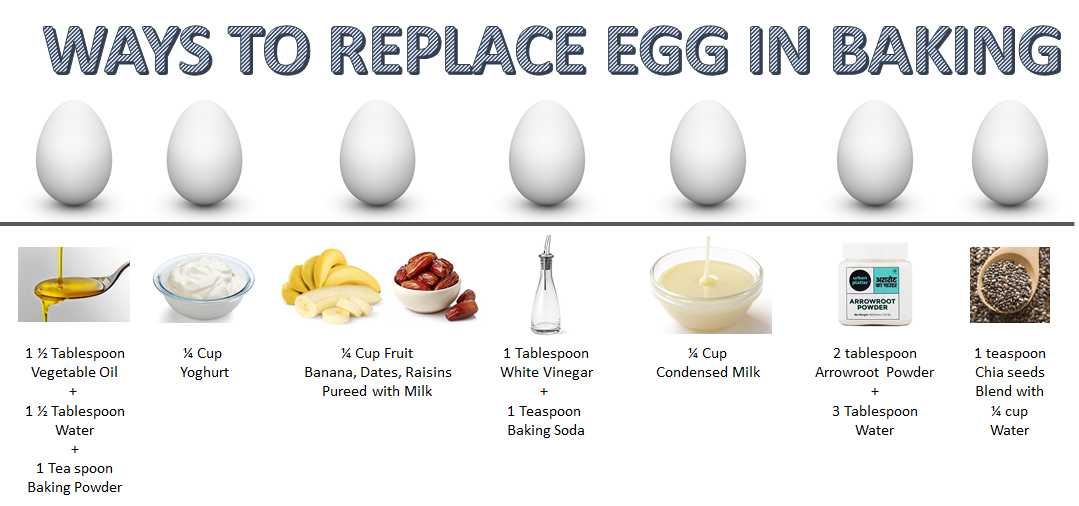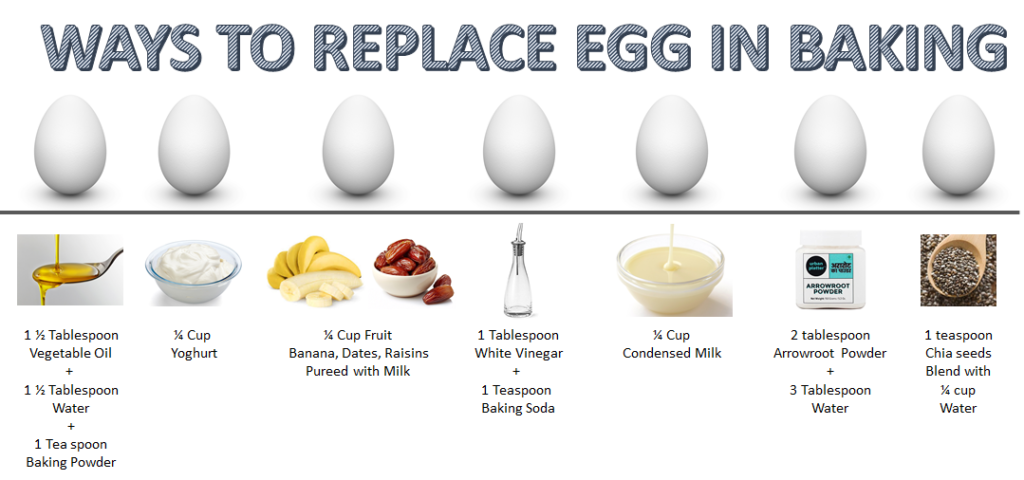
I remember my teenage days and college life when anyone used to ask me what is my hobby and I used to promptly say cooking, baking and dancing. For some of you who do not know, I am a post graduate in Kathak dance 😊 but with working life all seems to be forgotten. Coming back to my other hobby, I was in for a rude shock when I was preparing for my MBA. I had taken a course where they prepared us for interviews and Group discussion. When asked the question about my hobby, promptly said cooking and baking. A battery of questions started on the definitions about various terms used in baking and I actually did not have correct answers to any of them. I was lost and confused and felt quite ashamed. But there is a saying that failure teaches you to be perfect the next time.
So this week I decided to share some of my notes of that time with my readers. (😊 Knowing the basics is also helpful even when you are googling recipes!!)
The basic words

Baking is a method of cooking food that uses prolonged dry heat, normally in an oven, but also in hot ashes, or on hot stones. Heat is gradually transferred from the surface of cakes, cookies, and breads to their center.
Grilling is a form of cooking that involves dry heat applied to the surface of food, commonly from above or below. This method involves a significant amount of direct, radiant heat, and tends to be used for cooking meat quickly. It is as a healthy alternative to cooking with oils, although the fat and juices lost by grilling can contribute to drier food.
Induction cooking heats a cooking vessel by magnetic induction, instead of by thermal conduction from a flame, or an electrical heating element. Because inductive heating directly heats the vessel, very rapid increases in temperature can be achieved. Induction cooking is quite efficient, which means it puts less waste heat into the kitchen, can be quickly turned off, and has safety advantages compared to gas hobs (cook tops). Hobs are also usually easy to clean, because the hob itself does not get very hot.
The above was to give general idea but getting into details of baking
Baking Blind – Baking a pie shell without filling. This is usually done by placing beans wrapped in parchment paper over the tart shell. Bake as per the pie instructions
Beating – A method of vigorously agitating with a spoon, fork or whisk or beater to combine ingredients evenly to soften ingredients such as butter or to incorporate air into mixtures
Creaming- To beat together mixtures of fat and sugar to soften to a pale, fluffy consistency incorporating air into the mix to make a light cake.
Dredging– To sprinkle a mixture or surface generously with a dry ingredient such as flour or sugar either using a sifter. This is lot of time used in place of sprinkling.
Folding in– A method of combining a creamed mixture with dry ingredients or to incorporate whisked egg whites so that as little air as possible is knocked out. This is often called a cut and fold method.
Glazing- To brush a coating over a mixture either before or after baking to give a glossy appearance improve flavour. For e.g. beaten egg or milk is used to glaze pastries and breads.
Kneading– a process of pressing and stretching a dough with the hands or a dough hook. This makes the dough more elastic enabling the dough to rise easily and giving an even texture to the finished product.
Punching down- this is second kneading usually done after the dough has been left to rise and before shaping. The purpose is punching out any large air bubbles from the dough to guarantee an even textured result
Rising- To let a bread dough stand after shaping usually in a warm place. This is done to allow the dough to rise and give the finished bread a good rise and a light even texture
Rubbing in – To incorporate fat such as butter into dry ingredients such as flour using the finger tips to rub the two together evenly
Sifting– To mix dry ingredients such as flour through a sifter to eliminate lumps and create a smooth texture. It helps to evenly distribute any added rising agents or spices
Whipping– Gentle beating of a mixture usually with a mixer to make it smooth or in-corporate air in it. For e.g. it is used to thicken heavy cream or make it stiff enough for piping
Whisking– Rapidly beating a mixture using a hand whisk or electric whisk to incorporate and trap large amounts of air.
Piping– Forcing a soft cake or cookie mixture or a frosting from a pastry bag through a tip usually to create decorative shape or effect.
Oh! god I can go on and on this. Let me stop here and not make it too long, but will post the second half of the article soon. One lesson I learnt that if you are thorough with your hobby then only it becomes a passion. Now I can proudly say it is my passion. There is a lot to learn but one should never stop the hunger to learn and try new things.
One last thing a lot of people have asked me – while adding eggs to a creamed mixture always add them gradually at first and beat hard after each addition to prevent them from curdling. If cake batter does start to curdle, quickly beat in a tablespoon or two of flour which should correct it.


